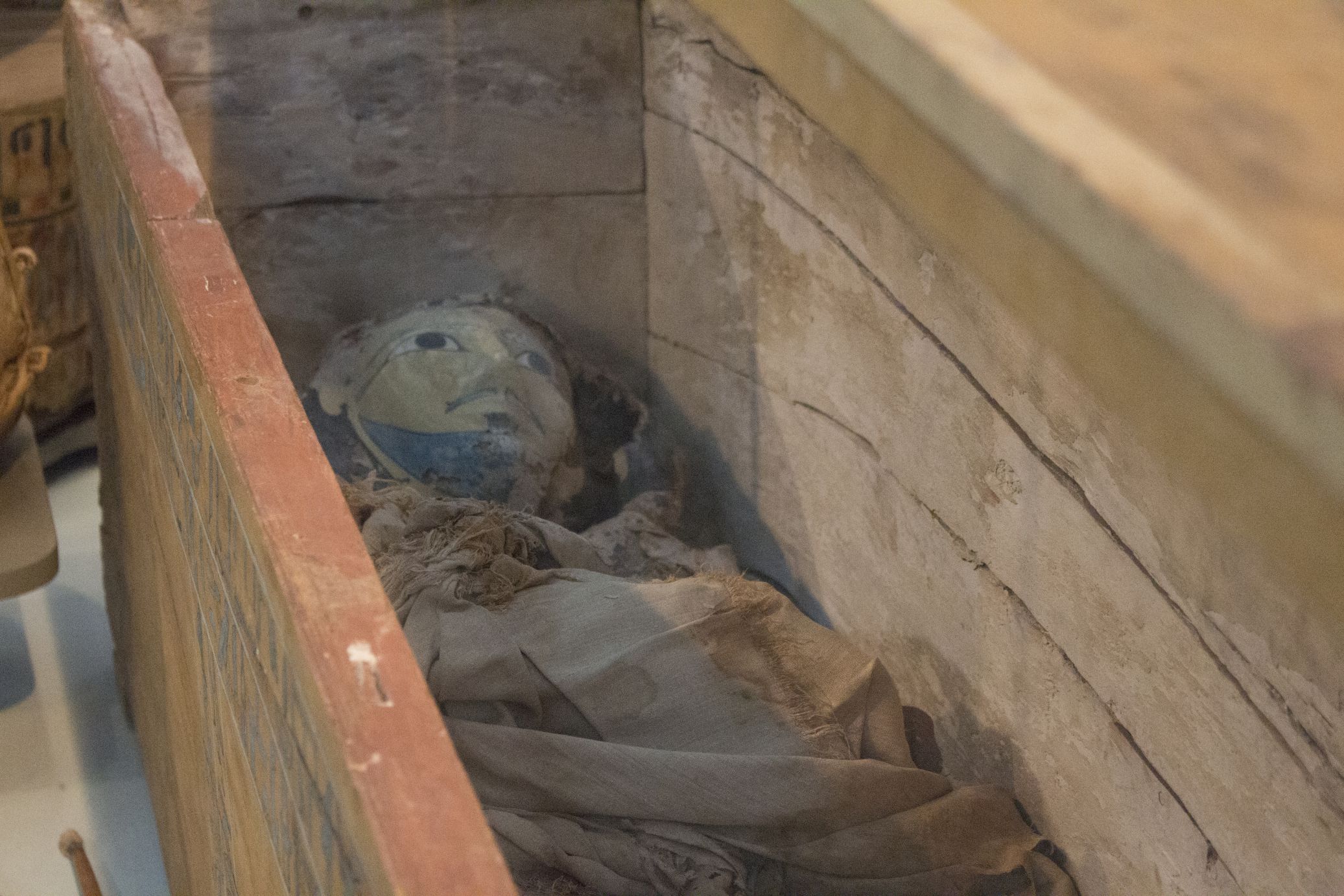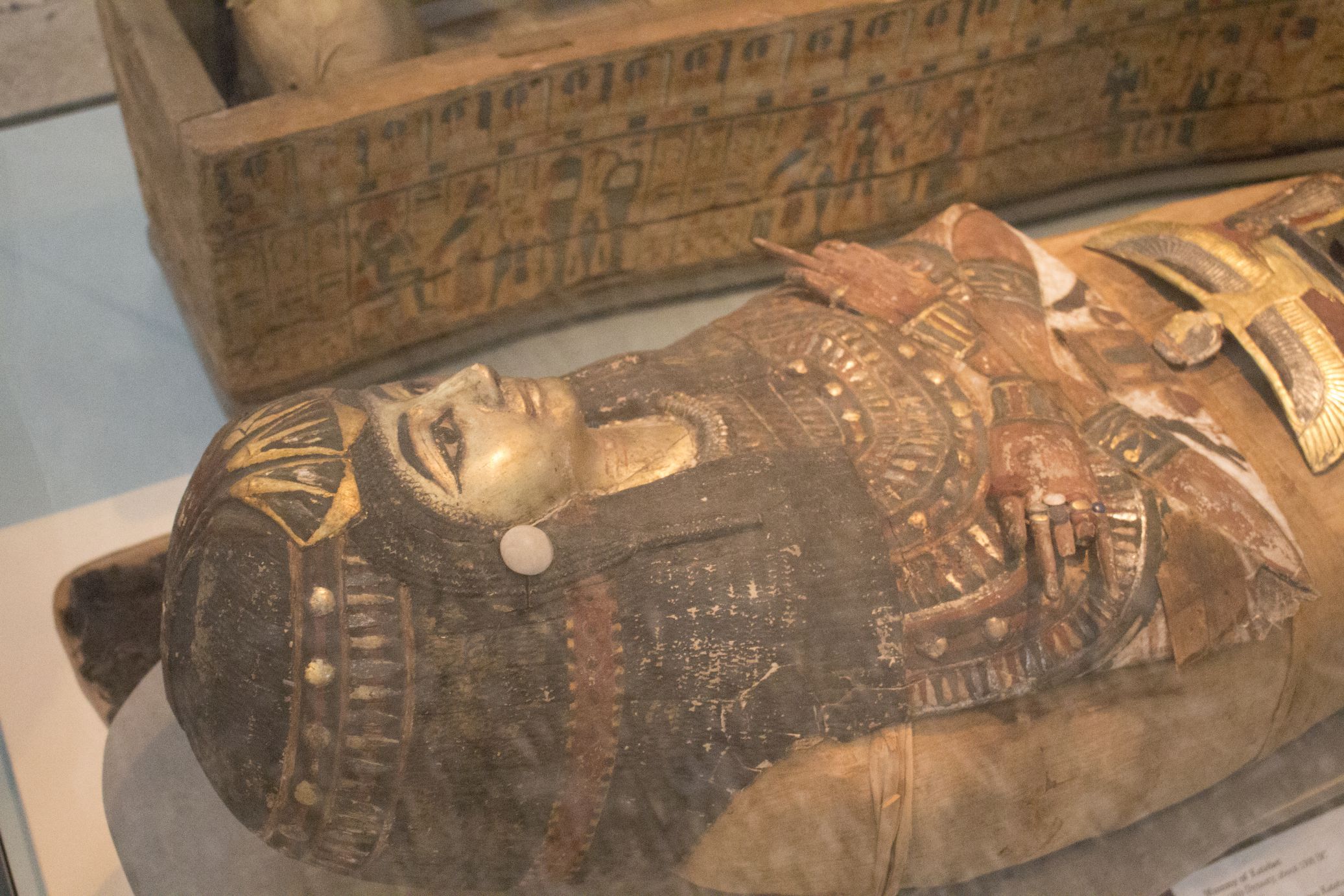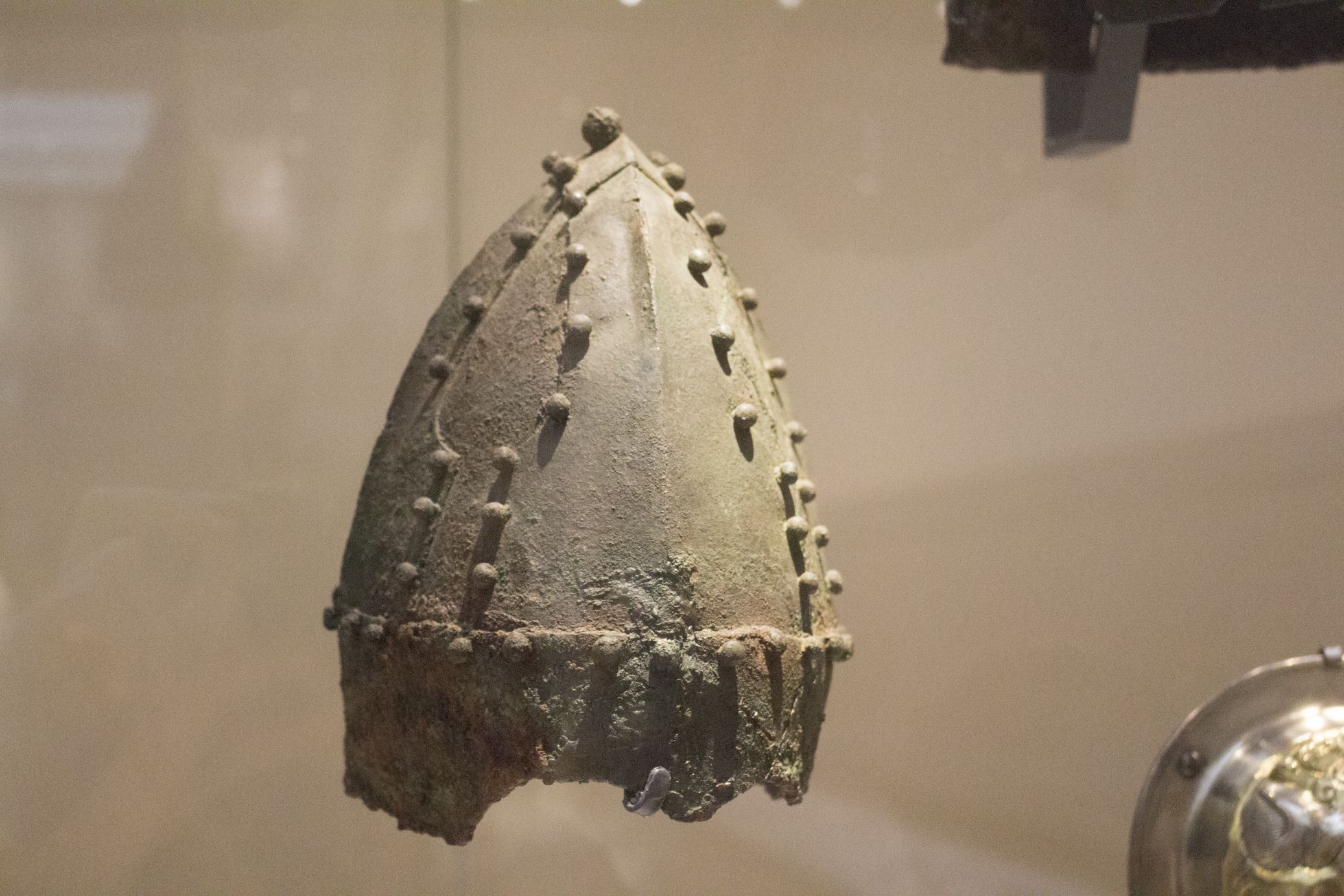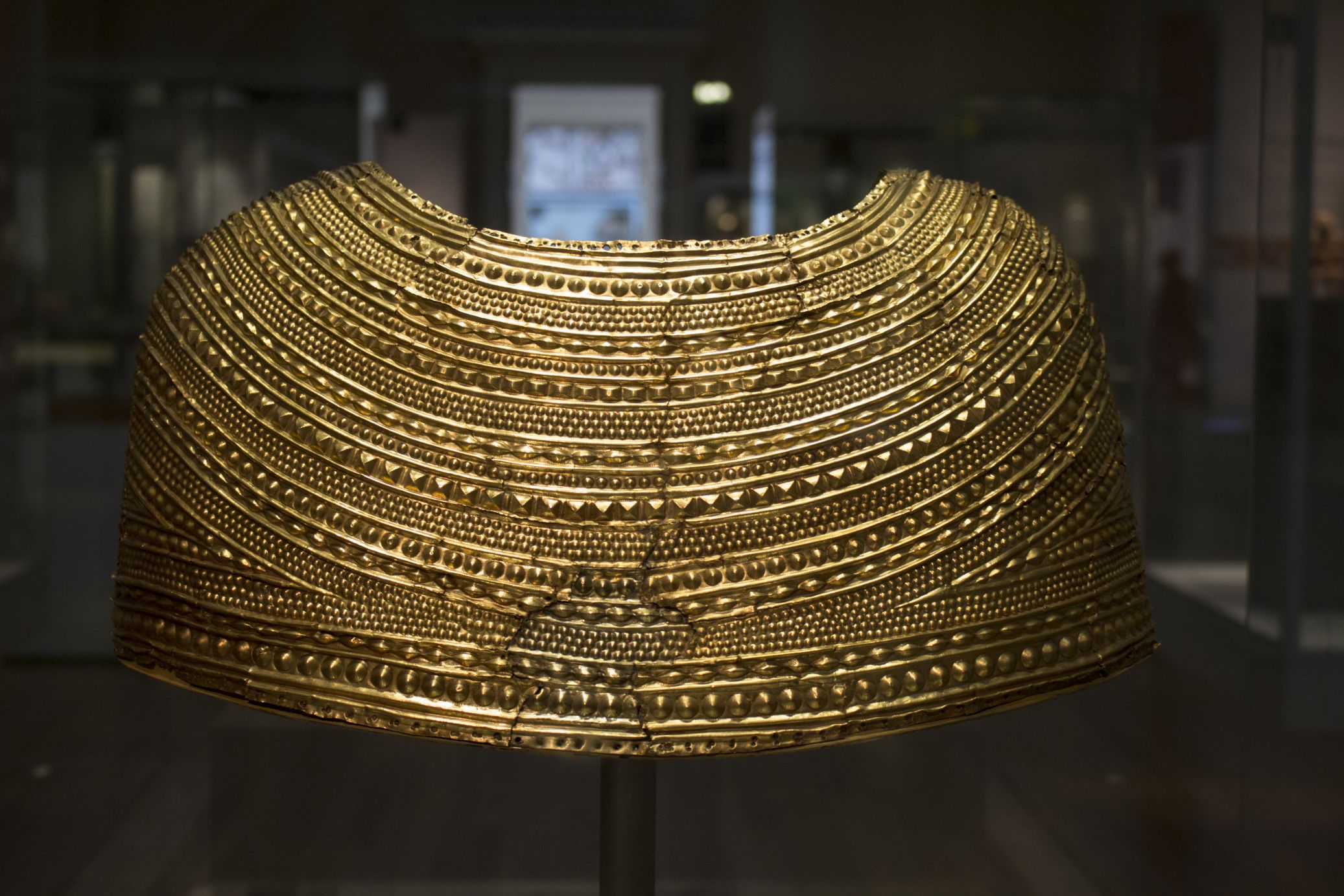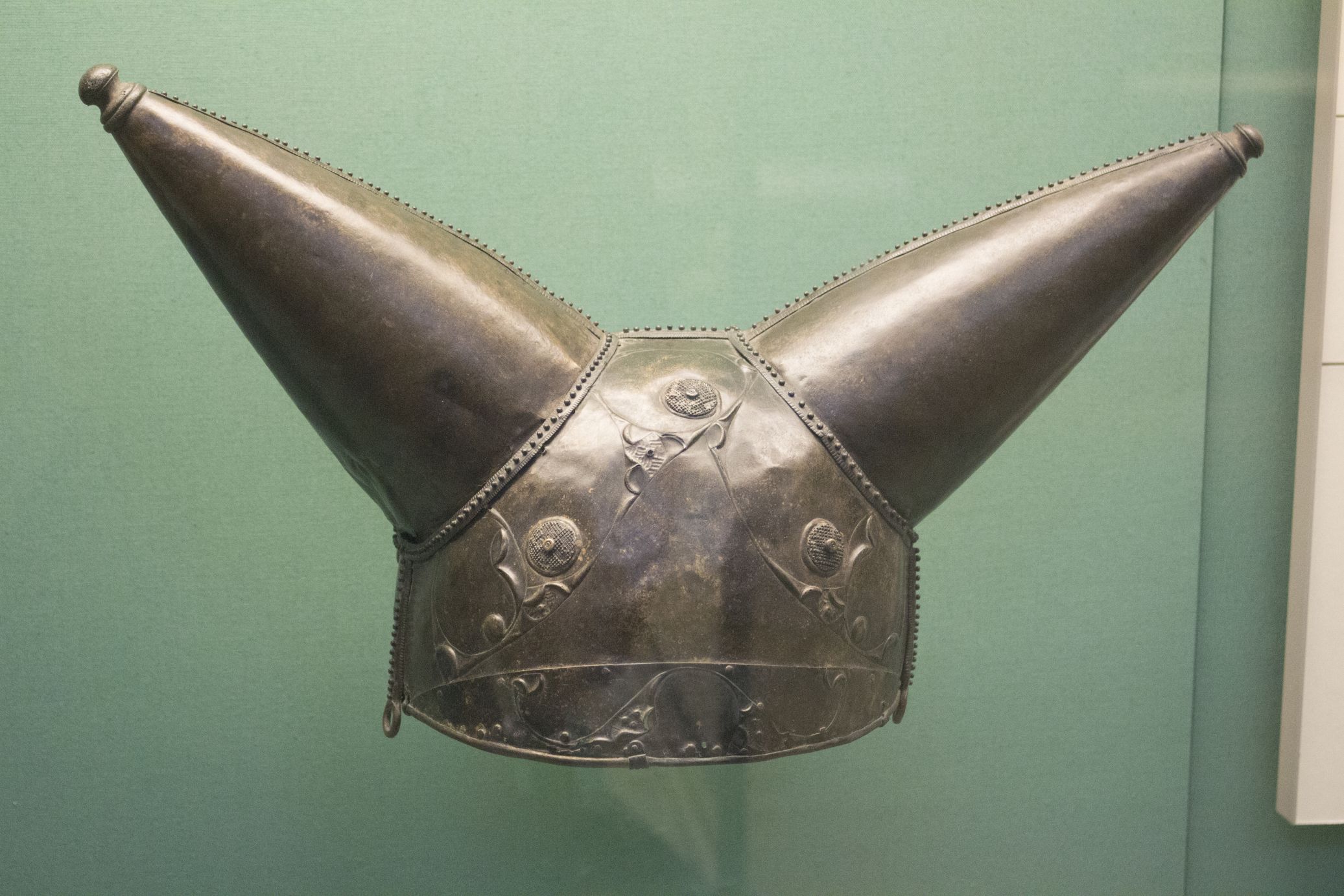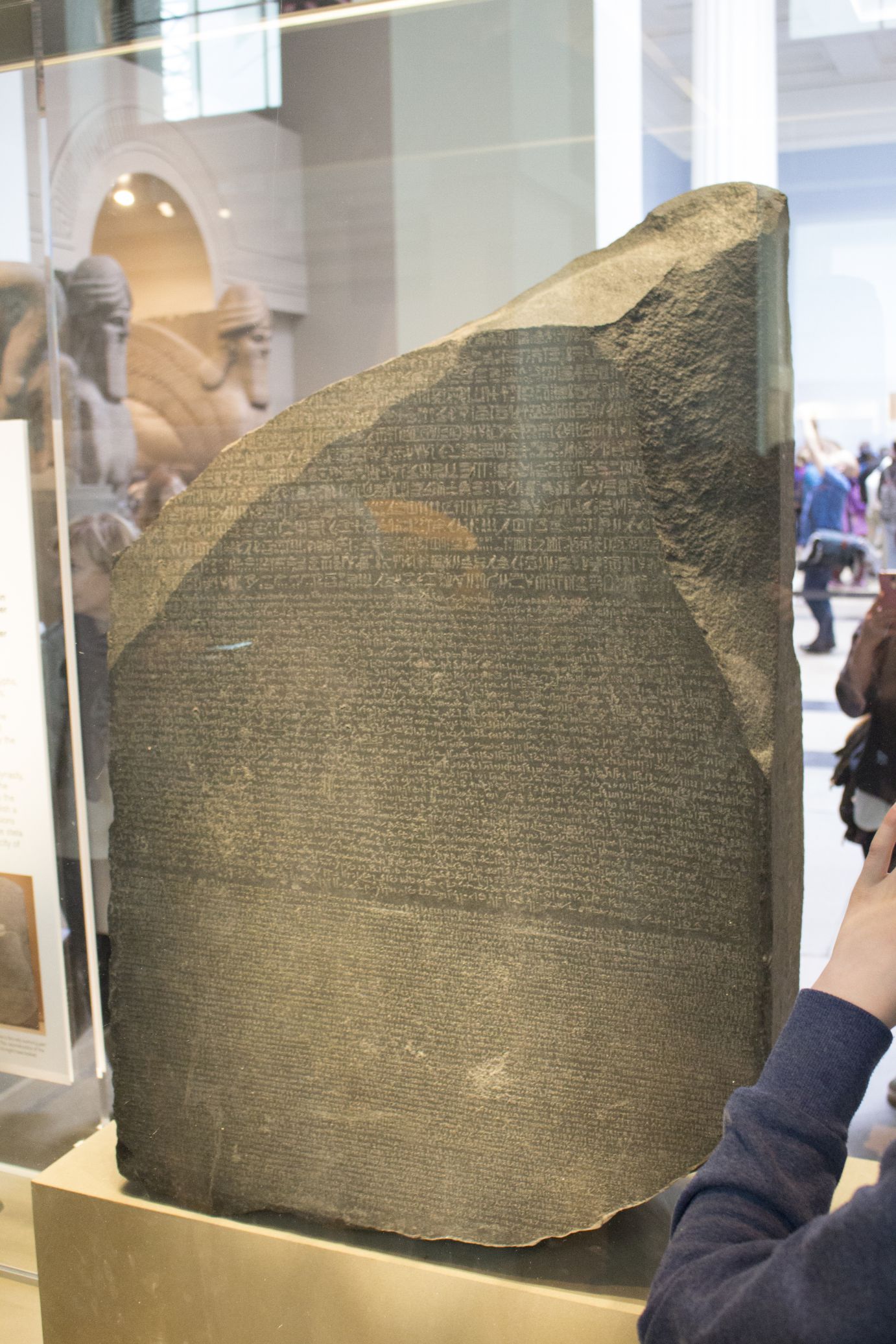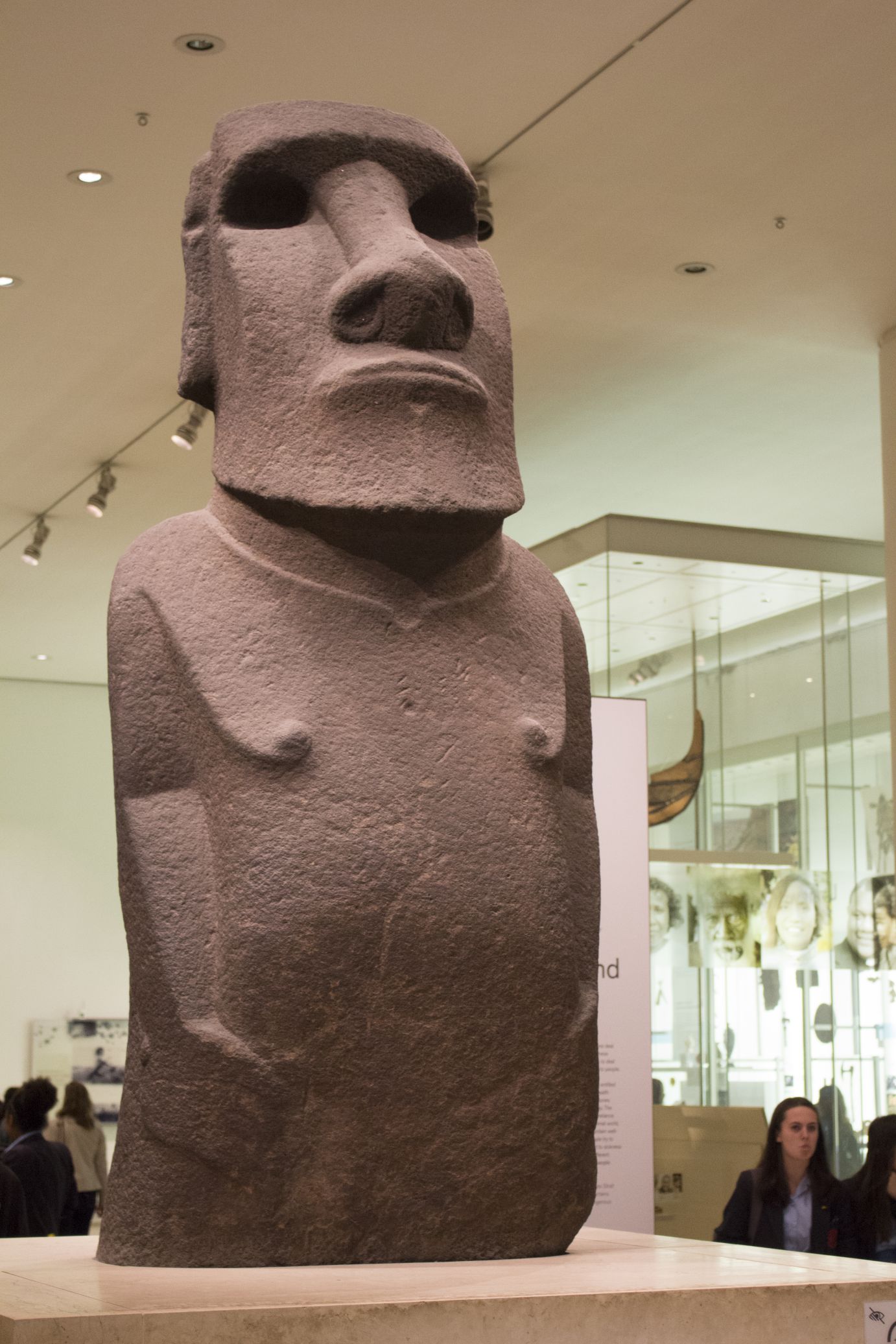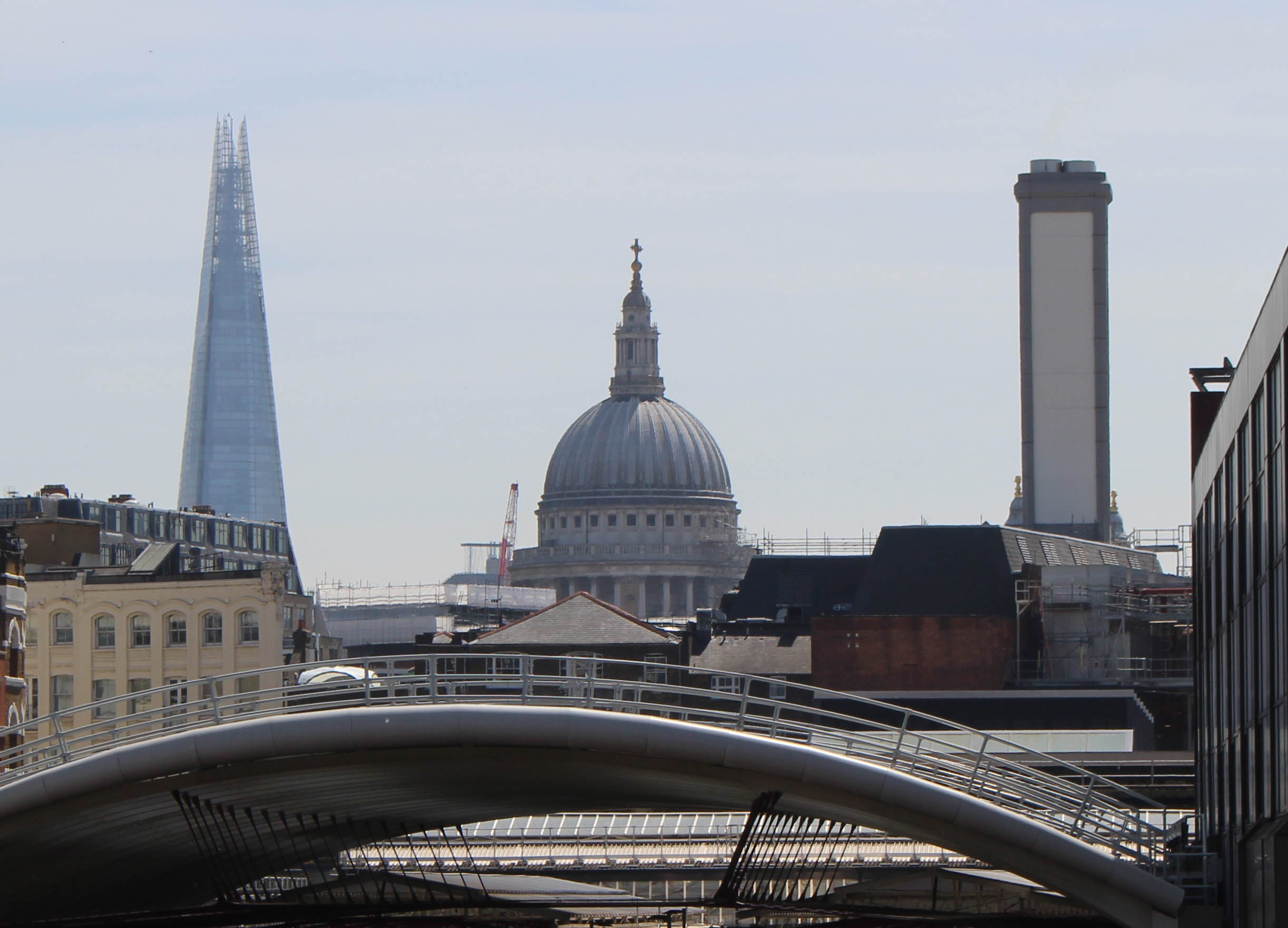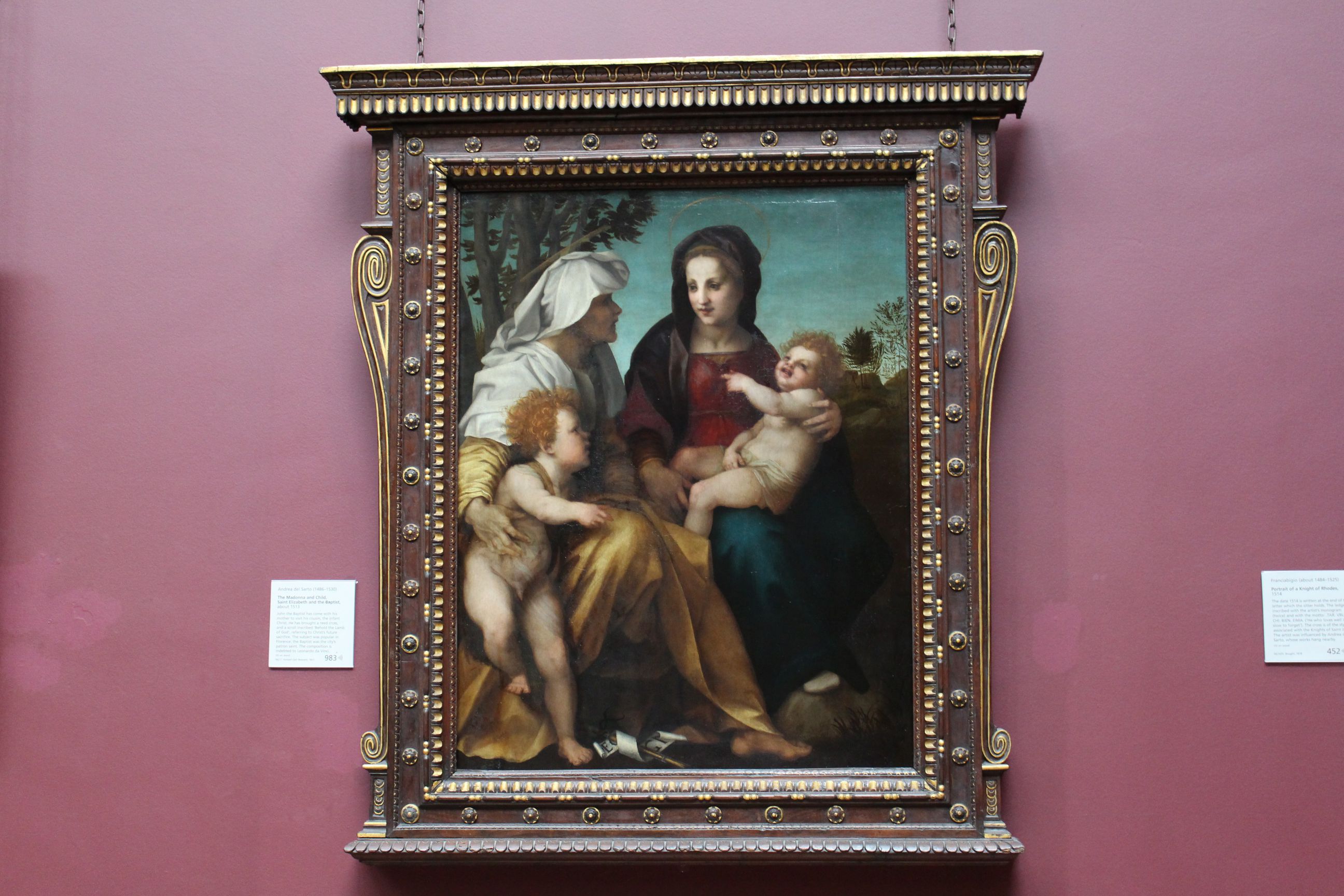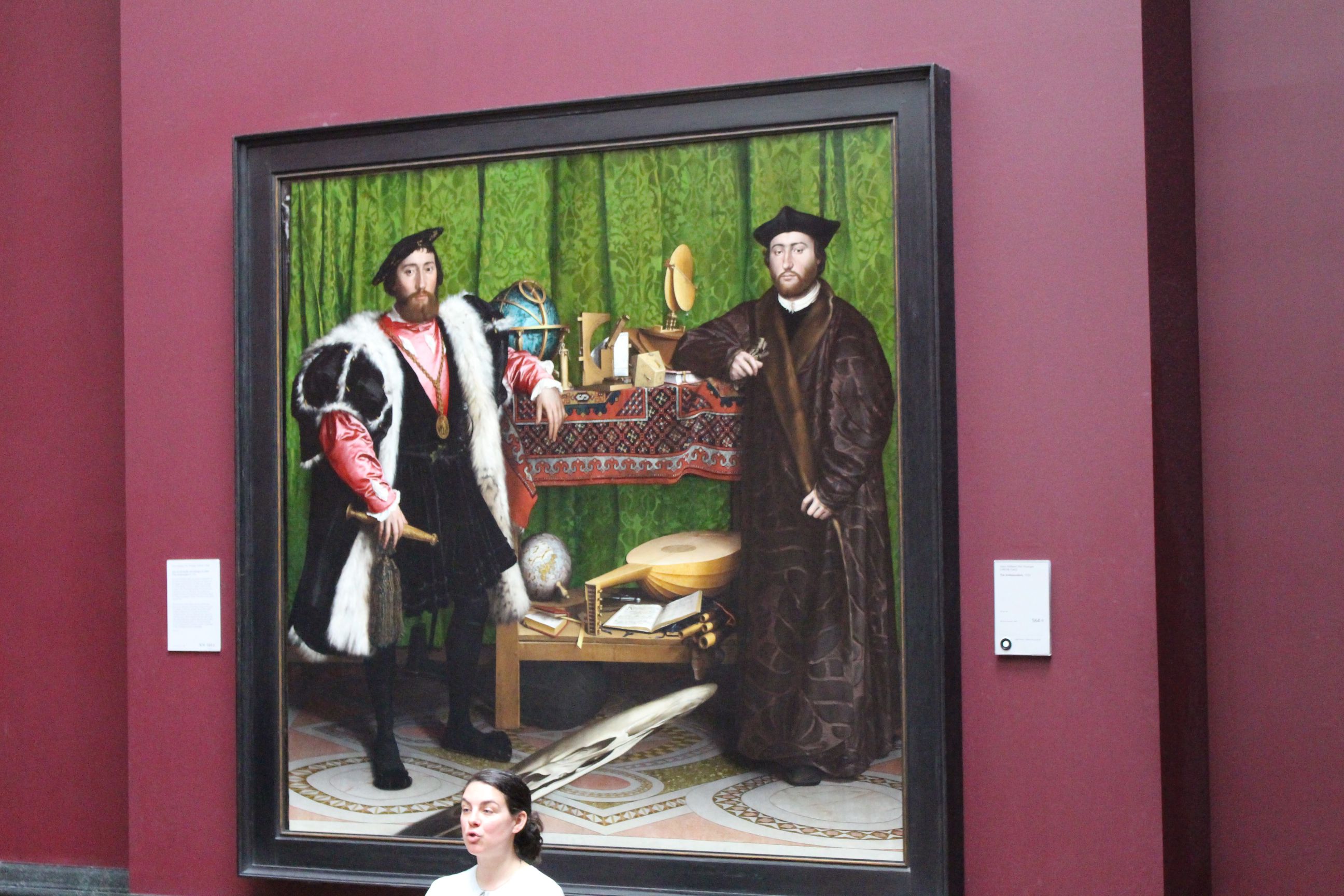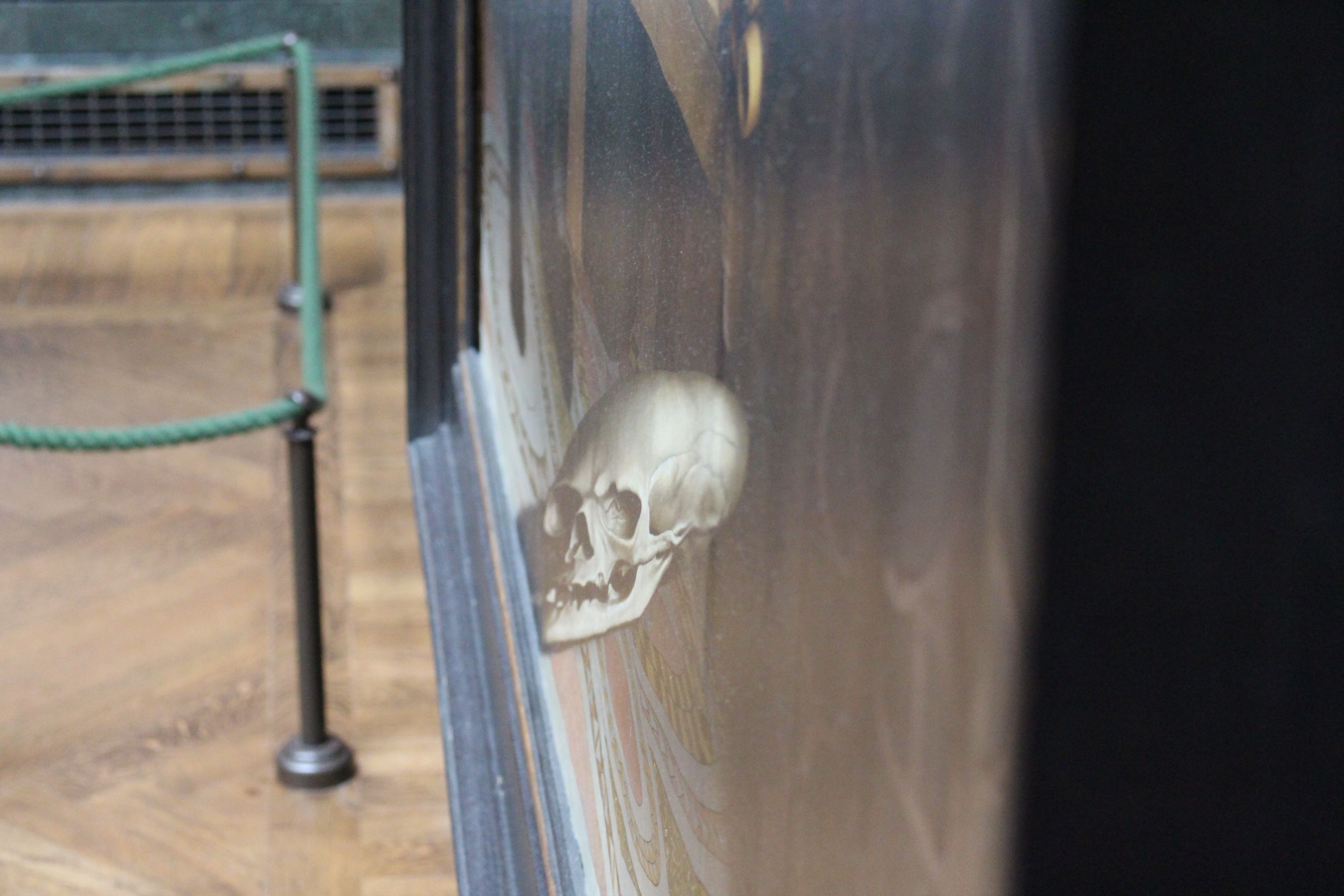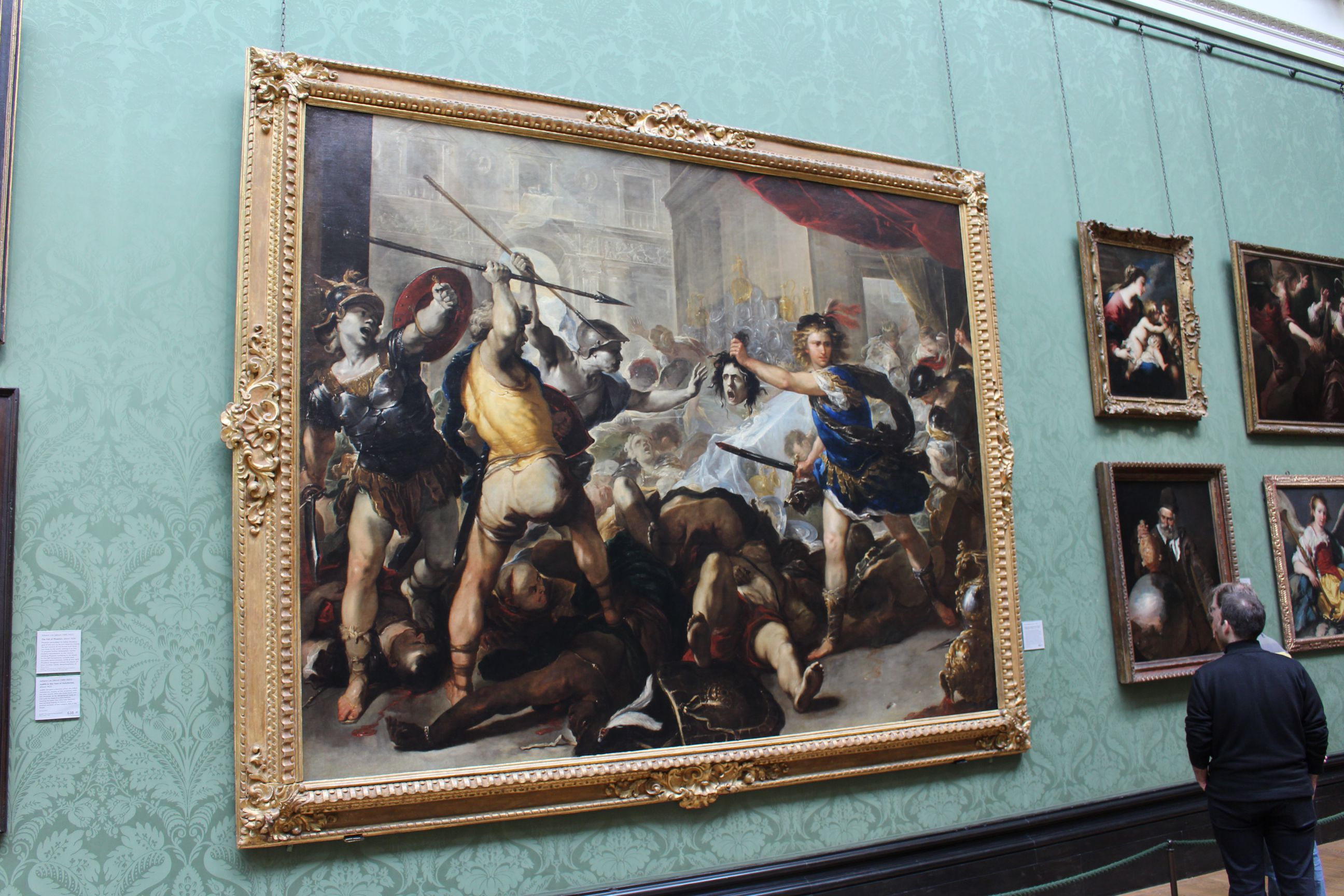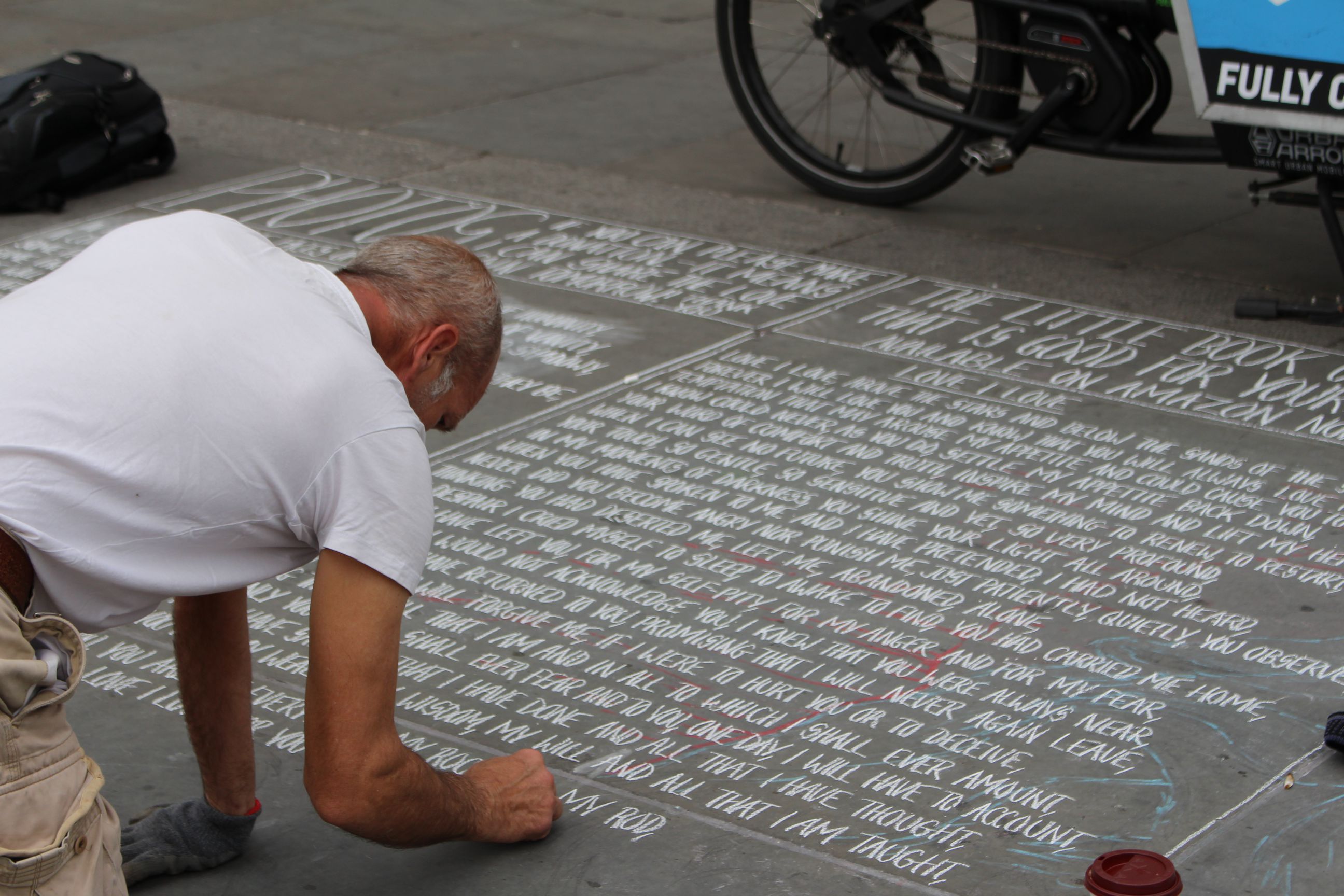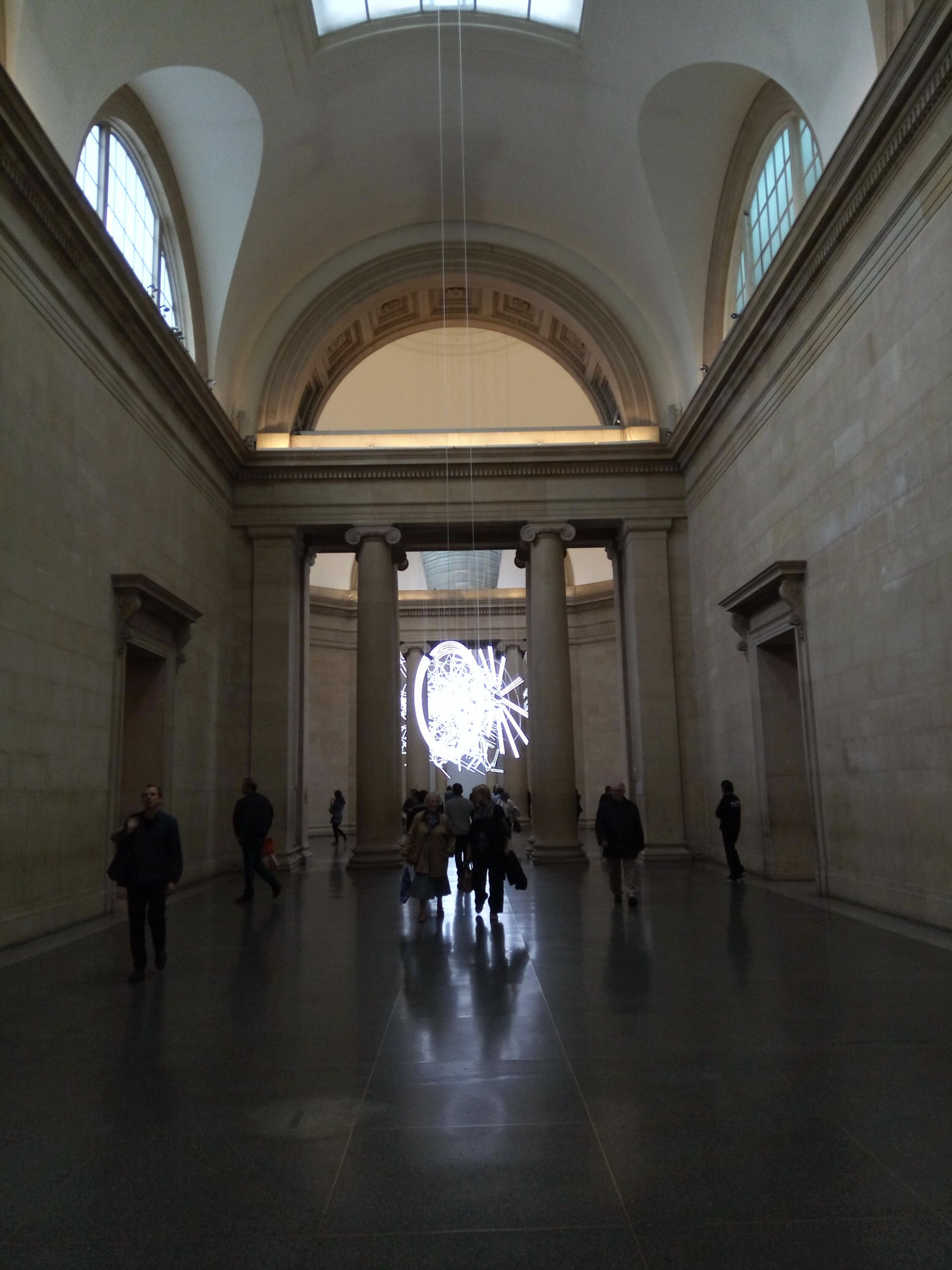Pberetich
From Londonhua WIKI
 | |
| YouTube | https://www.youtube.com/c/PeterBeretich |
|---|---|
| Website | http://peterberetich.com |
Overview
The aim of my project is to determine how the Brexit vote and measures being taken affect the British people, and comparing the media's coverage to the resulting vote. Previously I have taken Modern European History and Video Production, and plan on combining what I have learned in each to create an aesthetically pleasing visual medium to display my research on the stated topic. During my time in London I hope to better understand how social and economic factors play a role in globalization.
Contents
Milestone 1
Brexit
Objective: How has the Brexit vote and recent measures affected business owners?
-
Read More
Milestone 2
Henry VIII’s Personal Motivation Behind the English Reformation
Objective: What were Henry VIII's personal and political motivations behind officially beginning the English Reformation, and what effects have lasted until today?
- Summary of findings*
Milestone 3
Film and Documentary
Objective: Have the findings been displayed in a visually pleasing and clear to understand medium?
-
Read More
Activity Journal
The activity journal represents an ongoing log of reflections gained through each and every project activity on the calendar.
May 8th, 2017
May 8, 2017
Westminster Abbey
We started the day at Westminster Abbey, where a tour guide led us through the nearly thousand year old building. As we walked through the abbey, we were told about the many bodies buried there, and the large number of memorials there. Famous individuals such as Sir Isaac Newton, Charles Darwin, and many politicians, aristocrats and royalty were buried there, but as the Abbey ran out of room they switched to storing cremated remains. The tour guide also showed us the Shrine of Edward the Confessor. Pieces of the shrine near the bottom had been removed, likely from individuals making pilgrimages to the shrine and keeping mementos.
Tower of London
The Tower of London was next on the itinerary. As we approached the entrance, the view of the castle and the Tower Bridge in the background was spectacular. To enter we crossed over the moat, where there was a trebuchet resting peacefully. A group of schoolchildren ran around the moat, with some running up to the walls in an attempt to scale the structure. As soon as we entered the western wall, a beefeater began to tell us the story of two princes who died in the tower. During the late 15th century, the two princes, one of whom was Edward V, who was supposed to be crowned King of England. However, after the two boys disappeared, their protector, Richard, Duke of Gloucester was crowned Richard III of England. During the 1600s two bodies believed to belong to those children had been found.
May 9, 2017
British Museum
My group entered the British Museum at 10 in the morning, and from there we went on our way in smaller groups of 2 or 3. I began on the top floor with the ancient Egyptian exhibit with a collection of mummies that puts the museums in the United States to shame. As I continued through the museum, I followed a timeline of human history, seeing artifacts from the Vikings, Mesopotamians, Romans, and more. What was very intriguing was how some of the most interesting artifacts were discovered in some of the most mundane-seeming of places. For example, the Waterloo helmet, pictured below, was found near the Waterloo bridge, in the River Thames. And the Rosetta Stone, used as a part of a medieval fort in Egypt, was found by a Napoleonic campaign. The stone, which was simply used to declare the institution of a cult after the coronation of King Ptolemy V, around 200 BC. This rock, even with such a modest origin, provided the key to an entire language.
May 10, 2017
St. Paul's Cathedral
We woke up bright and early to get to the Cathedral before 8:30. We got to the church, and after a short wait were able to enter. We received our tickets and tour guide handhelds and were set free. On the outside the building is magnificent, but on the interior it is even more so. Throughout the tour we learned interesting pieces of information, including how the organ was split in two once the screen blocking the main altar was removed, how the interior dome is actually separated from the outer dome by a brick cone, and how the English church struck down several of the architect Christopher Wren's initial plans because they were "too catholic." This last fact I found particularly interesting, and led me to write an article for this site on the topic.
May 11, 2017
National Gallery
Outside of the National Gallery, right before the doors open, homeless artists use chalk to create their work displayed on the ground daily. Inside the gallery, we browsed the artwork for a good two hours today, seeing some magnificent pieces. You can notice patterns in what artists find inspiration in when painting. There were many pieces on Christ and John the Baptist, from pictures of when the two were infants to later in each of their lives. Another common theme was the nativity of Christ, as well as pieces on Mary Magdalene. Also common were paintings of Greek mythology, including one by Luca Giordano on Perseus turning Phineas to stone.
On our way through the gallery we found art students sketching replicas of pieces there. A group of French schoolchildren were learning about the paint "The Ambassadors," by Holbein, which has incredibly detailed still-life components, as well as a famous anamorphic skull. This skull is only clear when viewed from the high right side of the painting or the low left side.
May 12, 2017
Natural History Museum
It took a 40 minute trip to get to the Museum, so needless to say we had high expectations for it. I did enjoy the Earthquake simulator, and the display of rocks and minerals in the museum, but it was not as good as the one in New York City, for a few reasons. It was obviously geared towards a younger audience, which is understandable, but it was not as enjoyable for college students. The dinosaur collection was not very diverse, but had several collections of the same dinosaur, which in itself was impressive. The overuse of fossil molds and poor layout of the museum was disappointing however. I will say that for a free museum it is still worth a trip.
May 15, 2017
Tate Britain
Went to the Tate Britain museum this morning. In the main hall of the gallery there is a beautiful light display with entrances leading each part of the timeline of British art. The timeline is an interesting concept, allowing you to walk through each decade, starting from the 16th century to the present. Personally, I prefer the older pieces, mostly because of my interest in the history from that time.
May 16, 2017
Victoria and Albert Museum
The Victoria and Albert Museum is very large. When you first walk in you do not realize it, but as you continue through the maze of exhibits it feels never ending. I found many of the exhibits fascinating, and in general I found the museum more interesting than the other art museums I've visited. This likely has to do with the mixture of physical objects as well as paintings. There were more interactive exhibits than nearby museums, and they were not just geared towards a younger audience.
May 17, 2017
Tate Modern
The museum gives you the impression of a looming building from a dystopian society. Entering the building does not help this notion. Inside the basement, with the concrete and industrial design, you feel like you are in an evil lair. The almost alien exhibits make the space feel like something from a movie. The whole experience felt surreal.
Some of the film exhibitions were very interesting, especially "How Not to Be Seen," by Hito Steyerl. The museum had a lot of interactive pieces, especially audio-centered exhibits like the "40 Part Motet" by Janet Cardiff. I also enjoyed the viewing platform of the museum that allows you to see the London skyline.
May 18, 2017
Museum Of London
While the Museum of London isn't as big or as well-funded as museums like the Tate or Victoria and Albert museum, it was still one of my favorites. The hallways filled with Early human to Roman to modern artifacts, were not only informative, but inspiring, especially for my milestone work. There were exhibits about the plague that helped me learn a lot about the time period, and how devastating the disease was on the English people. Another interesting exhibit was the London Stone, which is a stone that has been in London for an unknown period of time, and has been shrouded in mystery.
May 22, 2017
Museum Of London II: Docklands
Continuing the Museum of London adventure, I went to the Docklands museum. They show the history of this site in London, where a large dock was built in order to protect the ships in the West India Docks. The docks ultimately closed down in 1980, and the museum opened in 2003. The museum had immersive recreated streets, like in the original museum of London, and gave good insight into the life of people who lived near and worked at the docks. There was also an interesting exhibit on slavery. It showed how enslaved peoples were badly treated, including one that was particularly wrong, essentially chaining them to a hamster wheel.
May 23, 2017
Imperial War Museum
The Imperial War Museum is any 10 year old's dream, tanks, fighter planes, and a wide assortment of weapons. However for me it was also a profound experience. The exhibits do not unrealistically glorify war, and do a decent job of showing the horrors of fighting in the World Wars and beyond. One of the more emotional exhibits was the Holocaust exhibit, two floors showing the horrors of Nazi rule. A model of Auschwitz guides you through the concentration camp, and ultimately the mass gassing and killing of innocent people. However, the museum showed hope at the end, showing the stories of those who had been rescued.
May 24, 2017
Hampton Court Palace
From the front entrance of the Palace you cannot tell how enormous the site really is. Once you enter, however, it is easy to get lost. I started with a tour through King Henry VIII's kitchens, which was a fascinating experience. Even five hundred years ago there was a supply chain process through the kitchens that had a goal of being efficient and effective. From the final stage of the cooking process, food could be served in under 30 seconds to the Great Hall, where guests would have been served. As someone studying industrial engineering, I found this particularly interesting. The next two tours, "Young Henry VIII" and "Henry VIII's apartments" gave a fascinating juxtaposition between the time when Henry was handsome, kind, and chivalrous, to when he became cruel and tyrannical. The latter two being the adjectives Henry VIII is known as today.
May 25, 2017
Horniman Museum
The Horniman Museum is located in a calmer and quieter part of Greater London, and the hilly area provides a great view of the London skyline. The museum itself is quite small, with only two open, free exhibitions, one being the natural history collection, and the other being an instrument exhibition. The natural history exhibition consisted of a large variety of stuffed animals and bones, as well as some pretty low quality sculpted models. The instrument exhibition was an interesting site, but did not take long to go through, especially since it was not very interactive. However, the gardens at the museum were very beautiful and relaxing, along with the sheep grazing there.
My Complete Contributions
St. Paul's; Reformation
Great Migrations; British Museum
Georges Seurat; National Gallery
Museum in Popular Culture; Natural History Museum
Removal of St. Thomas from Manuscripts; English Reformation
Little Boy; Imperial War Museum
Radar Penetration System; Imperial War Museum
All of My Created Content and Edits
